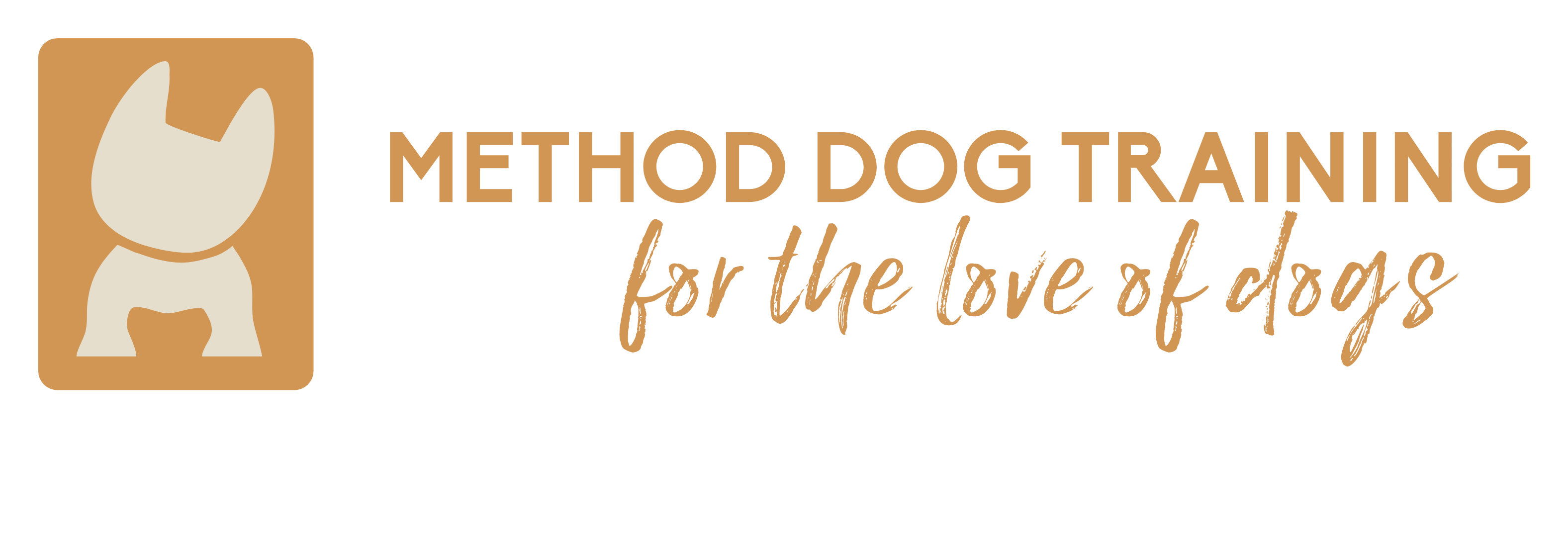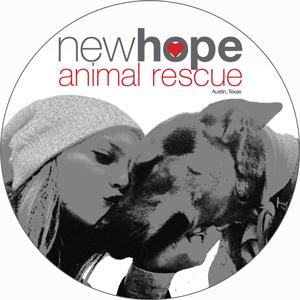Maybe you saw him online, or maybe you saw her at the pound, or maybe someone sent you that one picture of a dog that just melt your heart and you decided to finally get a dog of your own. Congratulations! And thank you for choosing to share your life with the special furry creature.
BEFORE BRINGING YOUR DOG HOME
Until you both get to know each other, it’s a good idea to take some precautions before bringing you new dog into your world. Here are some tips to make your new pup integration into your home a little easier.
- Dog proof your house – Depending on size of your dog and their initial manners, it might be a good idea to put away or secure any food, medications or small items, which may be hazardous if swallowed. Look for any loose wires or hanging things (such as a strap attached to an expensive camera).
- Block access – if you don’t want your dog in certain parts of your house, consider blocking those off with baby gates or some fencing, until you’re able to train them or until you learn to trust each other.
- Secure your yard – Make sure your fence is secure and your gates closed and latched. Look for any areas that the dog may be able to squeeze or dig under and don’t assume that because they are medium sized they won’t be able to get through :).
- Get a crate – A crate is not a prison, it’s a sanctuary. Dogs are pack animals, meaning they don’t like to be alone, but they are also cave dwellers, meaning the like to go into small cave like shelters to feel safe. A crate will allow them to have a place to feel safe and to decompress, especially during the initial periods when they are learning about their new place.
- Purchase the basics – Buy things such as food, feeding bowls, leashes, tags, collars and some toys (rope, chew bone, ball). This way you don’t need to feel stressed leaving Fido alone immediately.
INTRODUCING YOUR NEW DOG TO YOUR HOME
Now you’re ready to bring your new dog home. You’re probably wanting to jump right in, and you can’t wait to snuggle with him on the couch or in your favorite chair and watch your favorite ’tissue’ movie. I mean, who doesn’t love Hatchi? But hold on to your leash. Here are some steps to make your life easier and your dog’s transition smoother.
- Smell the rose bushes first – OK, so you may not have rose bushes or any bushes outside your home. The point is, spend some time outside. Dogs get most of the info from their noses, so the outside is just as important as the inside. Walk around what would be his new place to let out some energy as well as help him understand where he is, who was there, and maybe mark a place or two.
- Introduce inside – Easy does it. Don’t just rush inside, the calmer the better to ensure his initial association with your place is calm and not scary. Restrict areas initially so they don’t get overwhelmed.
- Leash will be your friend – Keeping your new dog on the leash for several days will help with a number of things. You don’t have to hold it all the time, your dog will be fine just dragging it around. A leash helps with quick correction or a redirect when they get too curious.
- Keep it calm – Try to keep things low key for the first few days to allow your new dog to get comfortable in the surroundings and allow him to decompress faster. Give him plenty of quiet time and look into crate training.
FIRST FEW DAYS IN THE HOME
You and your dog have survived the introductions and the first night or two. Here is how we keep the good thing going
- Routine – Dogs thrive on routine. It’s OK to not have everything figured out right out of the gate but both of you should work towards establishing a routine. Having set feeding time will allow you to anticipate their potty needs and therefore less accidents inside. Dogs will be calmer and easier to train when they know when to expect play and walk time too.
- Training – Look into training classes. These are not just for your furry friend, they are for you as well. Training will help you understand your dog and allow for better communication with them. Understanding why they do what they do, can alleviate many behavioral issues as your relationship progresses.
- Kids and dogs – Those two are synonymous. We love seeing kids and dogs together and we fantasize about them growing up together. But until your new had a chance fully integrate into your family unit, it is important that both dogs and kids are not left unattended. Remember that many dogs don’t like to be kissed and hugged, many will tolerate it, but few actually like it. Make sure you learn the basics of doggie body language to understand what they are trying to communicate.
Give your rescue time to adjust
AFTER 3 DAYS
When you first bring your dog home, remember to give them time to explore their new environment and to adjust to new smells, sounds and visual stimulations. They need time to decompress, so don’t be alarmed if they’re not initially interested in food or water.
Some dogs may find the environment overwhelming and may want to hide. Give them a crate or a place where they can feel safe. Others may be quite opposite and try to test you and the boundaries. It’s unlikely that what you see in the first couple of days is their “true” personality. It will take couple of weeks for your new dog to be “themselves”, as they learn to trust you and the environment.
So give it time and try to go at their speed.
AFTER 3 WEEKS
Your new dog is starting to figure out you and your environment. They are starting to understand that this is their new home and so their true personality is starting to come out. They are feeling more comfortable, which also means that they may be “getting in trouble” more. They are probably testing the boundaries more and more.
This is the time to ramp up training and become a true leader.
AFTER 3 MONTHS
Your dog has become part of your family and finally feels at home. This is the time to continue to build your bond and trust through play and training. They should be set in their daily routine, they may even remind you of the feeding or walking time.
You both understand each other and you know their personality and the endearing things they do.
At this point your dog knows HE IS WITH YOU FOR LIFE.
Rescue Partner
ADOPT A DOG
Method Dog Training currently partners with New Hope Animal Rescue, NFP located in Austin, Texas. They focus on “at risk” dogs and cats, who need medical or emotional rehabilitation. New Hope Animal Rescue is not a shelter, all rescued animals are in foster care before being adopted out.
For the latest list of currently adoptable dogs please see New Hope Animal Rescue – Adoptable Dogs page.



